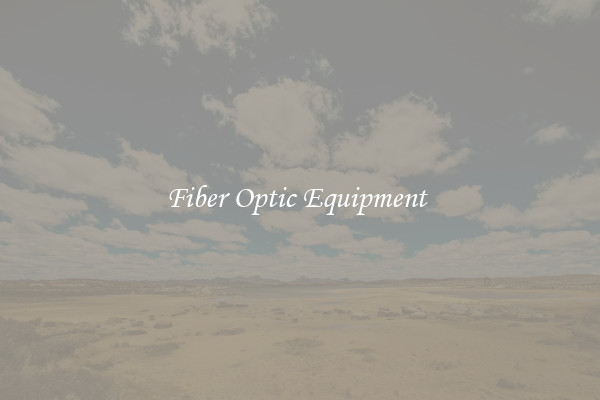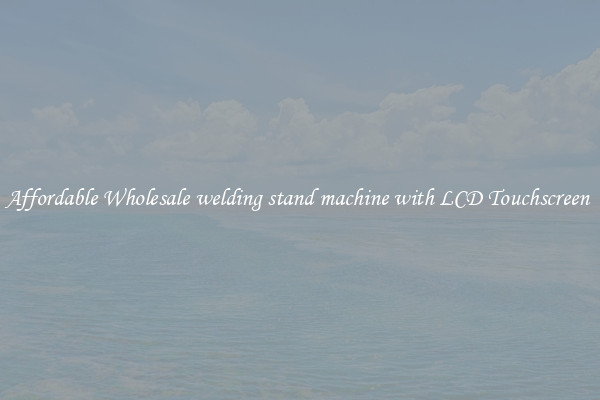Fiber Optic Equipment
Fiber Optic Equipment: Revolutionizing Data Transmission

In today's data-driven world, the demand for reliable and efficient data transmission has never been higher. As a result, fiber optic equipment has become an essential component in the telecommunications industry. Through the use of thin strands of glass or plastic, fiber optic cables enable high-speed data transmission over long distances. In this article, we will delve into the importance of fiber optic equipment and its impact on the modern world.
The key component of fiber optic equipment is the fiber optic cable. These cables consist of several thin, transparent strands known as optical fibers. Each fiber is capable of transmitting large amounts of data through the use of light signals, making it ideal for high-bandwidth applications. Unlike traditional copper cables, fiber optic cables have significantly higher data carrying capacity and can transmit data over much longer distances without losing signal quality.
One of the most significant advantages of fiber optic equipment is its immunity to electromagnetic interference (EMI). Copper cables are susceptible to interference from nearby electrical equipment, resulting in degraded signal quality. On the other hand, fiber optic cables are not affected by EMI, allowing for more reliable data transmission in high-electromagnetic environments.
Furthermore, fiber optic equipment offers unparalleled data security. Unlike copper cables, which emit electromagnetic signals that can be intercepted, fiber optic cables transmit data in the form of light signals, making it extremely difficult to tap into the transmission. As a result, fiber optic networks are preferred in sectors where data privacy and security are of utmost importance, such as banking and government agencies.
Another advantage of fiber optic equipment is its ability to transmit data at the speed of light. Copper cables have limitations on the speed of data transmission due to physical constraints, such as resistance and capacitance. Fiber optic cables, however, have nearly limitless bandwidth capabilities, allowing for faster data transfer rates. This makes fiber optic equipment essential in applications where real-time data transmission is critical, such as video streaming and cloud computing.
The widespread adoption of fiber optic equipment has also enabled the expansion of internet connectivity in remote areas. Due to the long transmission distances fiber optic cables can achieve without signal degradation, it has become feasible to connect rural areas to high-speed internet networks. This has resulted in increased access to educational resources, telemedicine, and e-commerce opportunities for previously underserved communities.
In conclusion, fiber optic equipment has revolutionized data transmission in numerous ways. Its high data-carrying capacity, immunity to electromagnetic interference, enhanced data security, and high-speed transmission capabilities have made it indispensable in the modern world. As technology continues to advance, fiber optic equipment will continue to play a pivotal role in meeting the increasing demand for fast and reliable data transmission.

View details

View details

View details

View details







